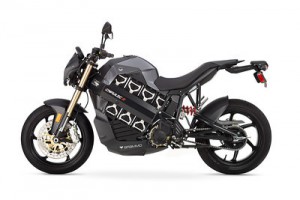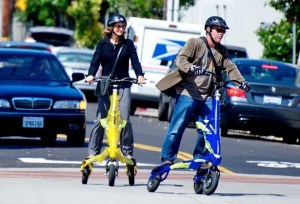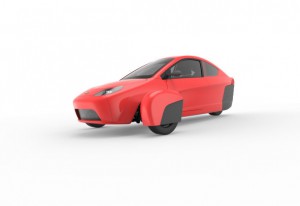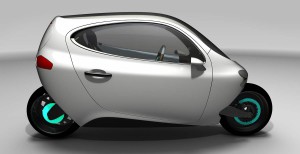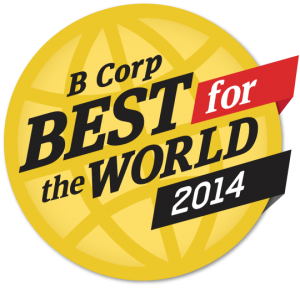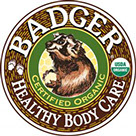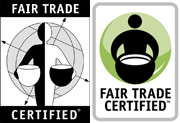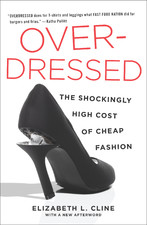B Corporations (known as B Corps, for short) are companies that “use the power of business to solve social and environmental problems.” As of June 2015, there are now more than 1,300 certified B Corporations, in 41 countries and 121 industries (twice as many industries as were represented a year ago). Among the larger and most well-known companies that are certified B Corporations are: Ben and Jerry’s, Method, Patagonia, Seventh Generation, Sungevity, The Honest Company, Natura, and Etsy (which recent became a publicly traded company).
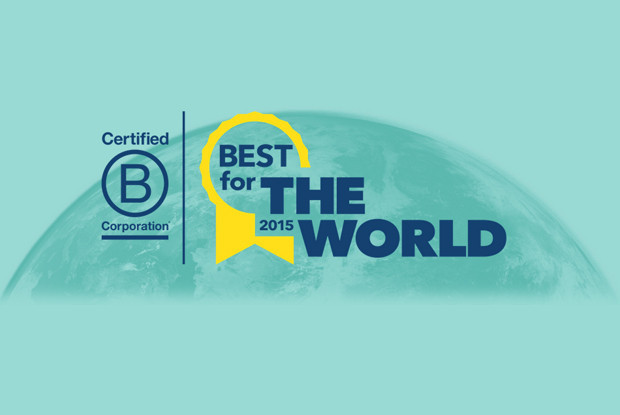 Each year, B Lab recognizes a group of B Corps as “Best for the World” honorees. These companies have earned an overall score in the top 10% of all certified B Corporations on the B Impact Assessment, a rigorous and comprehensive assessment of a company’s impact on its workers, community, and the environment. These are businesses that go beyond simply being benign or reducing their harm to society; they make significant efforts to be beneficial and even benevolent.
Each year, B Lab recognizes a group of B Corps as “Best for the World” honorees. These companies have earned an overall score in the top 10% of all certified B Corporations on the B Impact Assessment, a rigorous and comprehensive assessment of a company’s impact on its workers, community, and the environment. These are businesses that go beyond simply being benign or reducing their harm to society; they make significant efforts to be beneficial and even benevolent.
Dozens of companies made the top 10%. But here are this year’s Best of the Best. The companies that got the five highest scores of all (in the overall Best for the World list) were:
- South Mountain Company (an employee-owned, residential design/build and renewable energy firm), West Tisbury, Martha’s Vineyard, Massachusetts [They received the top score overall, which is currently 179]
- Juhudi Kilimo (an agricultural asset financing and training company; lender / credit provider), Nairobi, Kenya
- Echale a tu casa (self-build affordable housing program and housing improvements production company), Mexico City, Mexico
 Beneficial State Bank (community development financial institution; bank / credit provider), Oakland, California
Beneficial State Bank (community development financial institution; bank / credit provider), Oakland, California
- One Earth Designs (sustainable living products, such as the SolSource solar grill), Hong Kong (as well as offices in Cambridge, Massachusetts and in China)
Within the Best for the Environment category, these were the companies with the five highest environment scores: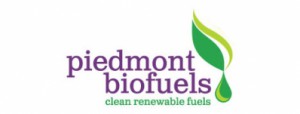
- Piedmont Biofuels (waste-oil biodiesel fuel company), Pittsboro, North Carolina
- Atayne (high-performance outdoor and athletic apparel), Brunswick, Maine
- Emory Knoll Farms (nursery for green roof plants), Street, Maryland
- Dolphin Blue (sustainable products online retailer), Dallas, Texas
- Method Products (home and personal care products), San Francisco, California
There are also categories for Best for Community and Best for Workers.
Click here for stories about some of this year’s Best for the World companies.
Also follow the B Corps blog and B The Change Media, a new media hub for stories about B Corporations and benefit corporations.
And click here to find other B Corps. (You can search by location, name, industry, or keyword.)
Note: B Corporations and “benefit corporations” are similar but different things. For an explanation of each and the difference between the two, please see our previous post on this topic:
Benefit Corporations and B Corps: Businesses for the Common Good
Other relevant posts:
Best of the “Best for the World” B Corps of 2016
Beneficial Businesses: Top B Corps of 2014
Green Business, Corporate Social Responsibility, Ethical Finance, and Sustainable Economies


 range from asthma, allergies, headaches, and skin and respiratory conditions to serious reproductive/endocrine (hormone) problems, neurological problems (including learning disorders and lower IQ), birth defects, infertility, heart conditions, and many types of cancers.
range from asthma, allergies, headaches, and skin and respiratory conditions to serious reproductive/endocrine (hormone) problems, neurological problems (including learning disorders and lower IQ), birth defects, infertility, heart conditions, and many types of cancers.  include: mercury, lead, arsenic, benzene, formaldehyde, PVC (poly-vinyl chloride—dioxin is a by-product), phthalates (plasticizers), flame retardants (PBDEs, TDCP, TCEP, PFAS/PFOA/PFOS), cadmium, chromium, hexane, PFCs, trichlorethylene (TCE),
include: mercury, lead, arsenic, benzene, formaldehyde, PVC (poly-vinyl chloride—dioxin is a by-product), phthalates (plasticizers), flame retardants (PBDEs, TDCP, TCEP, PFAS/PFOA/PFOS), cadmium, chromium, hexane, PFCs, trichlorethylene (TCE), 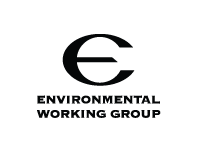

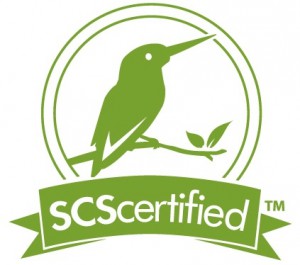
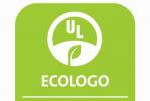
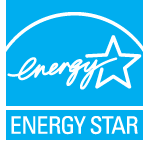
](https://www.thegreenspotlight.com/wp-content/uploads/2014/12/WS-Meets-Logo11-150x150.jpg)
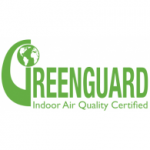
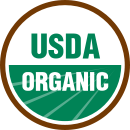
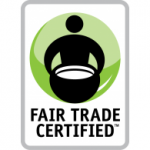
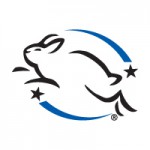
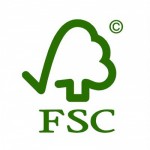

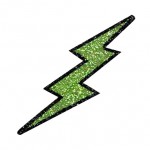 These posts are the most directly related to climate and energy:
These posts are the most directly related to climate and energy: